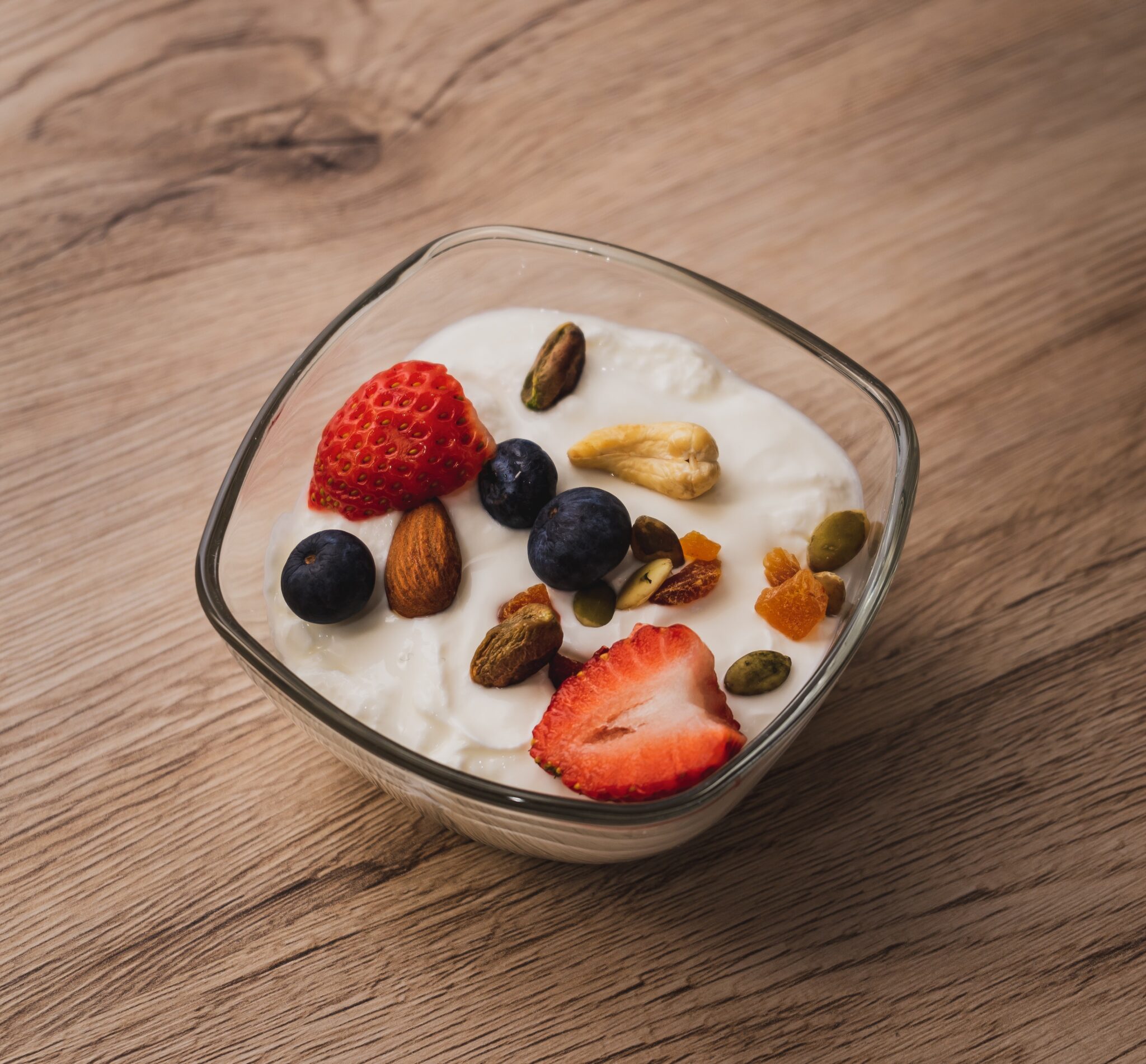
Stress and Your Vagus Nerve
Written by our Bowenworker & Massage Therapist, Monica Bradley
In today’s society, stress has become a common state of being and one that many of us deal with on a day to day basis. Especially when COVID first started and the isolation began, we heard a lot more about stress and the effects it was having on our mental and physical health.
Unfortunately, the stress we deal with today is chronic and underlying in our ways of living. We are no longer being chased by the tiger, run to safety and then have time to recover from that experience. Instead, we are caught in traffic, concerned about finances, too busy for play and caught up in the worries of our planet and safety in going out in the “wild” of society.
Let’s talk about the effects of stress on the vagus nerve. The word vagus means wandering which is fitting since the vagus nerve is the longest nerve in the human body. It is the 10th cranial nerve that leaves the base of the brain, has branches that go to the ears, throat, heart, lungs and down to the digestive tract affecting the organs and digestion. It influences inflammation and unites the body and brain for survival. It is responsible for your heart racing and butterflies in your stomach. It is a key player in the nervous system and affects speech and swallowing.
When we feel stress, the vagus nerve is already in play trying to monitor the state of safety and preparing the body for fight or flight. It is also the player in regulating the body after a stressful situation. But what happens when our stress just becomes internalized and we do not get a chance to deregulate? Our vagus nerve continues to be in action. We may breathe more shallowly. Our gut may become tense which can affect digestion and elimination. Our systems may be more inflamed. Because of the body-brain connection, our mental state may be more anxious and depressed. As this state continues, we no longer even register that we are stressed. This is our new normal.
Not all hope is lost. Singing, humming and gargling are all simple ways to improve vagal tone through vibrations. Breathing exercises can help with the vagus nerve and start to calm the nervous system. Meditation, time in nature and exercise can help reduce stress and calm the mind. Getting massage, acupuncture or some other form of bodywork can help the body to feel more relaxed. Bowenwork, which is a form of fascial work, has direct procedures for treating the vagus nerve and helps to retrain the nervous system so we can start to remember what it feels like to be relaxed. Once our system becomes more familiar with this relaxed state, our response to stress can be changed even if our situation is still stressful.
If you’d like assistance reaching this relaxed state, schedule with me here. I’m also pleased to announce that I’m no in-network with most Regence/Blue Cross healthcare plans.





Recent Comments